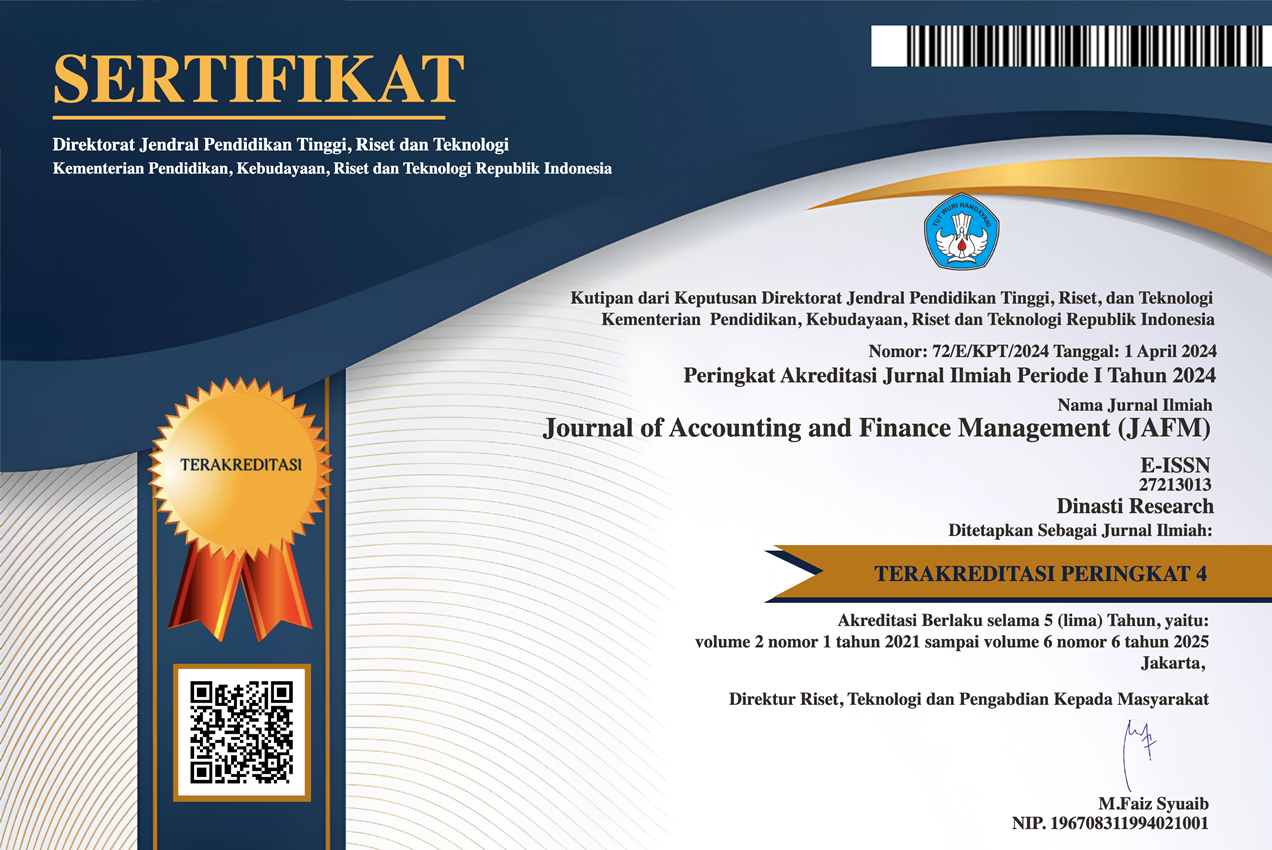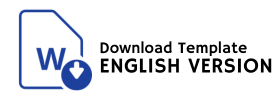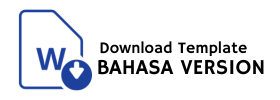Analisis Strategi Pemasaran Pada Coffee Shop (Studi Kasus Pada Misi Kopi Kota Tebing Tinggi)
DOI:
https://doi.org/10.38035/jafm.v5i5.928Keywords:
marketing strategy, swot analysis, coffee shopAbstract
Misi Kopi is a coffee shop in Tebing Tinggi that offers both coffee and non-coffee beverages, along with snacks for customers. The business utilizes both traditional and digital marketing strategies to boost sales. This study aims to evaluate Misi Kopi’s marketing strategy through a SWOT analysis (strengths, weaknesses, opportunities, and threats) in comparison to other coffee shops in Tebing Tinggi City. The research follows a descriptive qualitative approach, with a sample of 10 informants. Data collection was conducted through interviews and questionnaires, while SWOT analysis was used for data analysis. The findings show that Misi Kopi has significant internal and external factors that allow it to compete successfully in the local market. The IE matrix places Misi Kopi in the first quadrant, indicating its competitive advantage. The study also highlights the need for Misi Kopi to enhance its product quality and leverage social media marketing to further promote its offerings
References
BPS. (2020). Statistik Penyedia Makan dan Minum. Jakarta: BPS.
Galavan, R. (2014). Doing Business Strategy. Ireland: NuBooks.
Kotler, P., & Keller, K. L. (2012). Manajemen Pemasaran Edisi 12. Jakarta: Erlangga.
Marissa, G. H., & al, e. (2022). Strategi Pemasaran: Konsep, Teori, dan Implementasi. Tanggerang Selatan: Pascal Books.
Saida Zainurossalamia ZA, M. (2020). Manajemen Strategi: Teori dan Strategi. Lombok Tengah: Forum Pemuda Aswaja.
Sugiyono. (2016). Metode Penelitian Kuantitatif, Kualitatif dan R&D . Bandung: Alfabeta.
Sugiyono. (2019). Metode Penelitian Kuantitatif. Bandung: Alfabeta.
Downloads
Published
How to Cite
Issue
Section
License
Copyright (c) 2024 Muhammad Husni Sinulingga, Melita Tryana Sembiring, Iskandarini Iskandarini

This work is licensed under a Creative Commons Attribution 4.0 International License.
Authors who publish their manuscripts in this journal agree to the following conditions:
- The copyright on each article belongs to the author(s).
- The author acknowledges that the Journal of Accounting and Finance Management (JAFM) has the right to be the first to publish with a Creative Commons Attribution 4.0 International license (Attribution 4.0 International (CC BY 4.0).
- Authors can submit articles separately, arrange for the non-exclusive distribution of manuscripts that have been published in this journal into other versions (e.g., sent to the author's institutional repository, publication into books, etc.), by acknowledging that the manuscript has been published for the first time in the Journal of Accounting and Finance Management (JAFM).
























